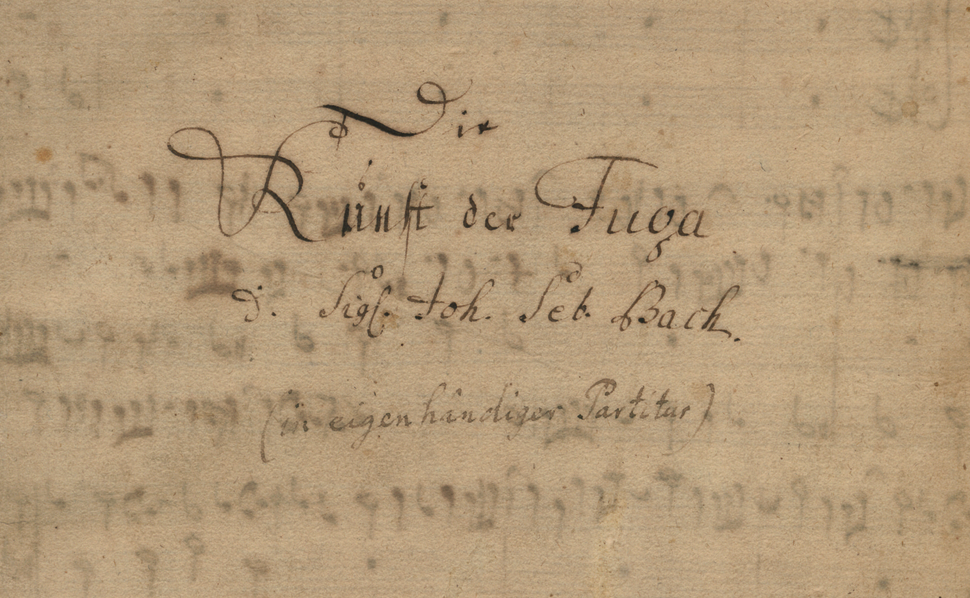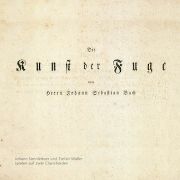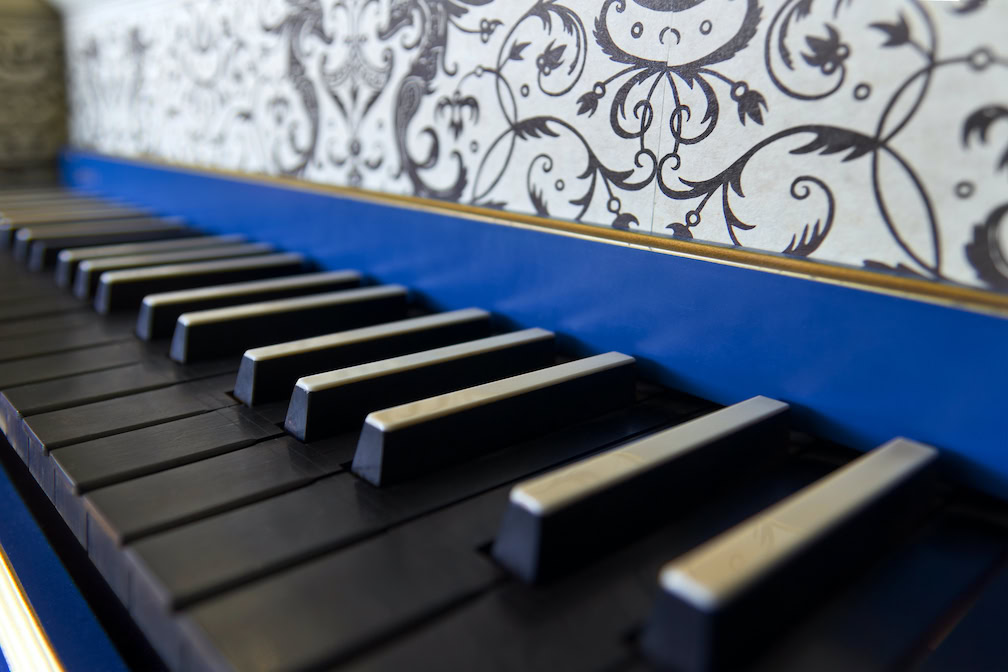Hidden beauty
You first have to get used to the sound of the "Art of the Fugue". But then the benefit is all the greater.

The question is what happens more often: are they recordings of the Art of the fugue or their characterization as abstract music that does not need to be performed at all? Johann Sonnleitner and Stefan Müller on the Clavichords are certainly not closing a "discographical gap" with their recording. But they gain the Art of the fugue a different tone than numerous existing organ, piano, saxophone or guitar arrangements.
Bach's canons, contrapuncti and mirror fugues sound very noble on the replicas of Johann Heinrich Silbermann's (1727-1799) clavichords. The concert pitch is 392 Hertz; the so-called Neidhardt tuning "for a large city" from 1724 was chosen. The resulting, somewhat muted sound takes some getting used to. But it is also incredibly subtle. It is easy to follow the voices, supported by moderate tempi. The simple cardboard packaging and restrained design are in keeping with a production that only reveals its beauty gradually, but very powerfully in the end. This more than does justice to Bach's enigmatic and unwieldy "Glass Bead Game" (Hermann Hesse). Because the power of Art of the fugue is known to lie in depth, in a highly spiritual construction that demands a special art of interpretation. Stefan Müller and Johann Sonnleitner obviously bring this to the table.
Johann Sebastian Bach: The Art of Fugue. Johann Sonnleitner and Stefan Müller, Clavichords. www.contrapunctus.ch









